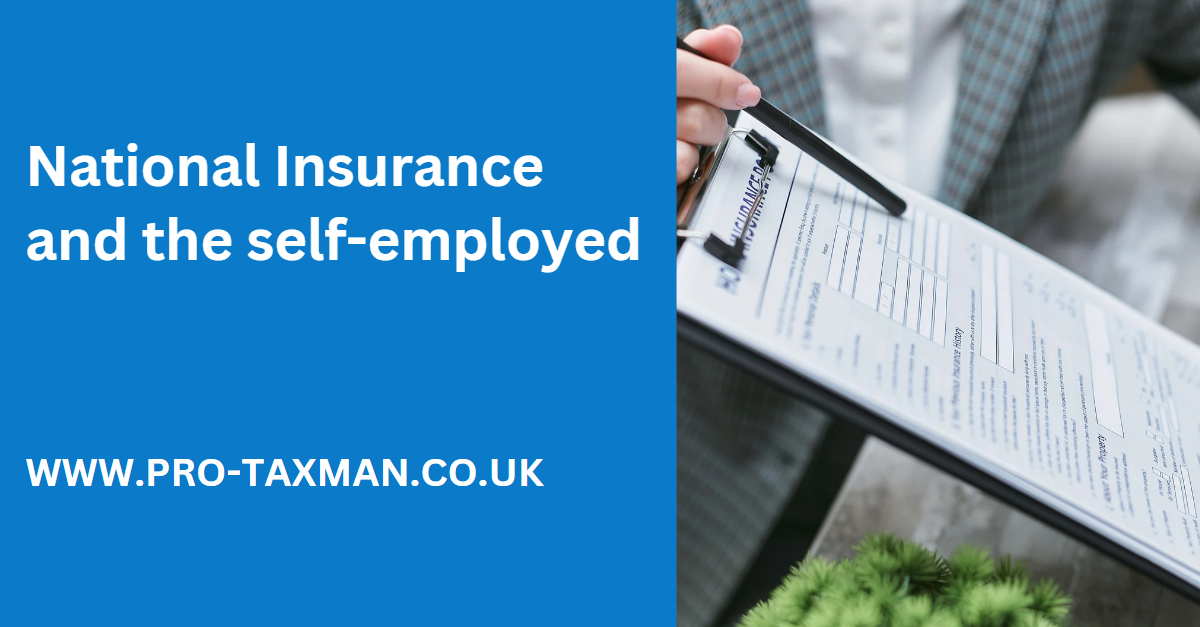During her leadership campaign, Prime Minister, Liz Truss, promised to reverse the National Insurance increases that took effect from 6 April 2022 pending the increase of the planned Health and Social Care Levy. Ahead of the mini-Budget, the Chancellor confirmed that the Health and Social Care Levy would be cancelled and that the associated National Insurance increases would be reversed from 6 November 2022.
Self-employed taxpayers pay Class 2 and Class 4 National Insurance contributions. What do the changes mean for them?
Class 2
Class 2 National Insurance contributions are flat-rate contributions payable by the self-employed where profits exceed the small profits limit, which for 2022/23 is £6,725. For 2022/23, Class 2 contributions are payable at the rate of £3.15 per week.
At present, a liability arises once profits exceed the small profits limit. However, the National Insurance Contributions (Increase of Thresholds) Act 2022 makes provision for regulations to be made to align the starting point for Class 2 contributions with the threshold at which Class 4 contributions become payable (set at £11,908 for 2022/23). The Act also makes provision for regulations to be made providing for a self-employed earner with earnings below this threshold and at least equal to the small profits threshold to be treated as if they have paid Class 2 contributions for this year. This would allow a self-employed earner with profits between the small profits threshold and the new starting threshold to secure a qualifying year for zero contribution cost, as is currently the case for employed earners with low earnings. The regulations can be made with retrospective effect, but this cannot be earlier than 6 April 2022. Thus, the first year this can apply is 2022/23.
At the time of writing the regulations had yet to be made. However, there is still time – Class 2 contributions for 2022/23 do not have to be paid until 31 January 2024.
Self-employer earners with profits below the small profits threshold can pay Class 2 contributions voluntarily to build up entitlement to the state pension. This is a cheaper option than paying Class 3 voluntary contributions.
Class 4
The self-employed also pay Class 4 National Insurance contributions on their profits once they exceed the lower profits limit. For 2022/23 this is set at £11,908. Contributions are payable at the main Class 4 rate on profits between the lower profits limit and the upper profits limit (£50,270 for 2022/23) and at the additional Class 4 rate on profits in excess of the upper profits limit.
The rate of Class 4 contributions was increased by 1.25% from 6 April 2022 pending the introduction of the now cancelled Health and Social Care Levy. As a result, the main rate for 2022/23 was initially set at 10.25% and the additional rate set at 3.25%. However, the rate increase was reversed from 6 November 2022, and as a result the Class 4 rates applying for 2022/23 were revised. The main Class 4 rate for 2022/23 is now 9.73% and the additional rate is now 2.73%.
Self-employed earners were due to pay the Health and Social Care Levy from 6 April 2023 at the rate of 1.25% on earnings on which a Class 4 liability was due. However, the levy has now been cancelled. Consequently, for 2023/24, self-employed earners will remain liable to Class 4 and Class 2 contributions where profits exceed the relevant thresholds. For 2023/24, the main Class 4 rate is 9% and the additional Class 4 rate is 2%.
Need professional accounting service or accounting advice? Contact us to book a 15-min Free Consultation with us today.
To find out more please follow us on Facebook, Twitter, or LinkedIn. Feel free to contact us on 0333 006 4847 or request a call back by texting 075 6464 7474

